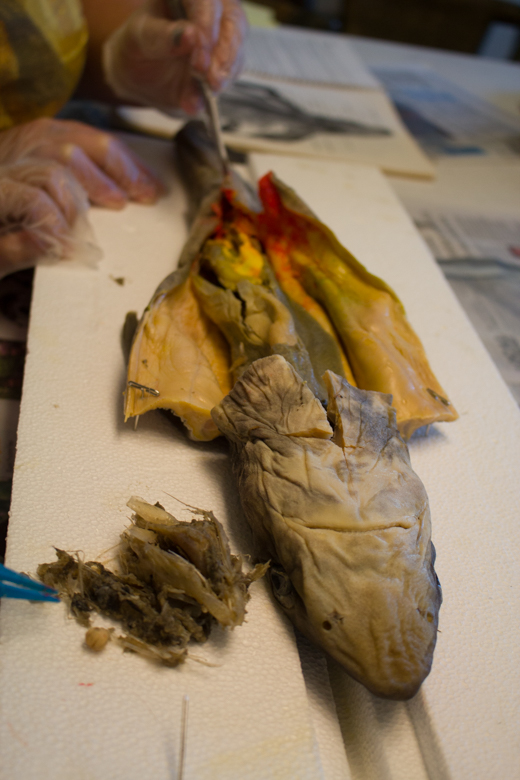 |
| Here the kids are mapping the site for their Junior Ranger books. We were excited to see the pitiful little earthworks in the background, and much of our study was an attempt to vividly represent the misery of huddling behind these earthworks in the pouring rain, half-submerged in standing water, freezing and getting shot at. |
You could also start, of course, with Columbus and the European colonization of North America.
Or you could start with the pilgrims and the Mayflower Compact.
Heck, you could even start with the Magna Carta, if you had a mind to!
But if you really want to just zero in on the American Revolution, with just enough context to understand how it fits into your geographical and historical understanding, then start with the French and Indian War. You'll learn how the European countries fought over North American land, how the Native Americans were used and lied to and manipulated and exploited, why Great Britain thought that the American colonies needed to pay all those taxes, and most of all...
You'll meet young George Washington!
Since our spine for this study was Joy Hakim's A History of Us, we read the chapters in From Colonies to Country that cover the French and Indian War, but also delved more deeply. In particular, the kids used reference materials to color and label their own maps of North America before the French and Indian War and after it. We also used a lot of the curriculum materials on the Fort Necessity National Battlefield's website, in particular the lessons on the Forks of the Ohio, which is important for understanding how disputed territory is guarded and governed, and the lesson on the Native Americans who inhabited the land. It's so easy for the Native American story to get lost in studying the American Revolution that I wanted to make a special point of bringing it in from the beginning, especially as the role that they play in this particular war is so important.
I didn't use any flashcards like these, because there weren't any particular facts that I wanted the children to memorize, but I did have them complete several of the mini books from this lapbook for the American Revolution notebooks, and when we go over them again to review and add photos and new information, I might have them complete a couple more of the books. The kiddos also love BrainPop, and as usual, I was not disappointed when I searched their site for the French and Indian War; they have a video for everything!
Our favorite resource, by far, for the French and Indian War was The War that Made America (it's nevertheless pretty dry, even though we were weirdly entertained by it, so I only had the kids watch it as far as the Fort Necessity info), but here are some other resources that we used:
And here's what Fort Necessity looks like in real life!
 |
| We started, of course, with Second Breakfast while the kids worked on a couple of non-site specific activities from their Junior Ranger books. |
 |
| Then we did a little role-playing. |
 |
| Outside the fence is where the enemy is! |
 |
| I can't imagine that this fence was much protection, alas, especially as you can easily do things like stick your entire head between the posts. |
 |
| Later we hiked away from the fort... |
 |
| ...past the old treeline and the French encampments... |
 |
| It's also a lovely natural area. See the milkweed! |
The nice thing about historical battlefields and other events is that places that seemed far away to them are just a short drive away for us, so it was only a minor detour from Fort Necessity to go see the place that I was SUPER excited to see: Jumonville Glen, where Washington and his scouting party surprised a group of French. What happened here and the mistranslation of a later treaty related to this event represents not just the first bloodshed of the French and Indian War, but also influences the development of George Washington into the soldier and leader that he becomes, AND makes very, very, VERY clear why knowing more than one language is important.
It also turns out that it's a fabulous place to explore, with lots of lovely large rocks to climb:
It also turns out that it's a fabulous place to explore, with lots of lovely large rocks to climb:
After clambering around big rocks so that we could jump down and surprise the French, we tromped back to the car, deposited our broken glass in our own trash bags, made ourselves big sandwiches, and drove the long drive to Washington, D.C. We're going to take a little break from the Revolution itself to see how our fledgling country turned out!
P.S. Want to follow along with my craft projects, books I'm reading, dog-walking mishaps, encounters with Chainsaw Helicopters, and other various adventures on the daily? Find me on my Craft Knife Facebook page!









































